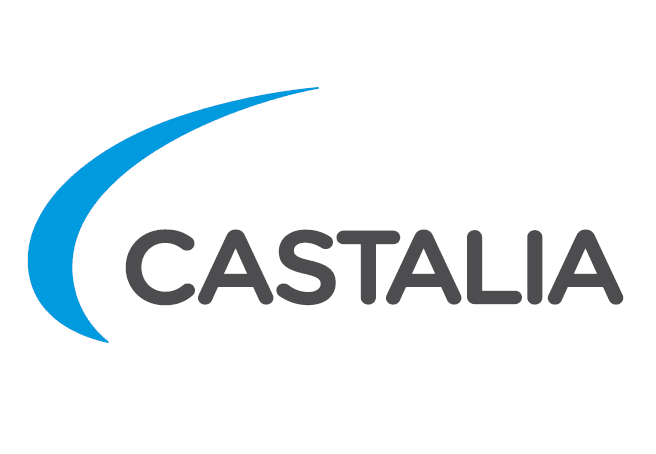As countries around the world are agonizing about how tough the forced closures and lock-downs should be and how long they should last, it may seem premature to think about what the world economy will look like after the end of the pandemic (most likely, after an effective vaccine is generally available in the next year to 18 months). However, many decisions made by investors and governments in the period before a global all-clear is sounded will involve the creation of institutions, business models and assets that will last well into the future. To ensure that we get best value from the decisions whose effects will last well beyond the pandemic, we have no option but to start forming a view on the structural changes that will stay with us after the pandemic is over. Of course, anyone who tries to do that will get lots of things wrong, but rigorous analysis can help reduce the magnitude of that error and help us figure out what signs we need to watch.
Much is already being written about the likely “hangover” from the current emergency fiscal and monetary measures being implemented by many countries. There is no doubt it will take the world a long time to dig itself out from the mountain of debt that is being created. However, that has been done before, including the recovery from the debt to finance World War II. Some analysts have pointed out that the current economic shock resulting from the health measures to control the pandemic differs from previous economic crises, such as the Great Depression; it is not only a demand shock due to people losing income but also a supply shock due to governments deliberately suppressing some economic activities. However, that again is similar to the experience of major wars, where civilian economy suffers a supply shock both from the diversion of resources to military production and, in some countries, from physical destruction.
In other words, from the macroeconomic point of view, while the recovery will be hard, the script for such a recovery is reasonably well understood. Some countries will do better than others, the speed is hard to predict, but we would argue that the general trajectory of the macroeconomic recovery is already reasonably well understood.
It is much harder to predict the microeconomic shape of the recovery. How will various individual markets adjust? Will people rush back to social activities—such as restaurants, bars and mass tourism—restrained only by the available incomes? Or will people’s habits fundamentally change as a result of the lock-downs? In other words, is the future of investments, such as airports and airlines and commercial real estate, simply a function of the rate of macroeconomic recovery or will something more fundamental happen?
In this article, we want to focus on one likely permanent or at least very long-lasting change in preferences: the increase in the value governments and businesses place on the resilience and reliability of their supply chains. The pandemic crisis has sharply focused attention on the particular way that global markets have evolved in the past 20 or so years:
- The emphasis on minimizing cost and just-in-time supply means that, in general, stores of goods are low, and the supply chain from producers to consumers is optimized to meet steady demand. When there is a shock, it takes a long time for the supply chain to adapt and respond. Toilet paper ran out in the supermarkets not because the world does not have enough toilet paper, but because it takes time to change production and delivery schedules and to shift equipment and personnel to respond
- The realization that supply chains pass through multiple borders, both national and regional. While during normal times that is not a problem as long as international treaties and domestic arrangements take care of tax and customs issues, it is striking to see how quickly origin of supply becomes critical when countries and regions respond to crisis conditions by looking after their own first
- Single source dependence. It has become increasingly obvious that China’s growth as a low-cost supplier has been the story of global concentration of the supply chain on China as a source. It is unlikely that such concentration will be tolerated in the future. For example, The New York Times has reported an effort by the US to limit its reliance on the import of medicines from China. There is no doubt such efforts would have been spurred by the discussion in the Chinese media of possible export bans and the effects of such bans on the US.[1]
The trend to re-shoring and the shift of focus to resilience were already emerging. The COVID-19 crisis will put it on steroids. In addition, it seems likely that we will see the return to the political dimension in trade. In many ways, the last 15 to 20 years have been a historical anomaly: trade relations have become largely divorced from political and security considerations. Countries which could be considered rivals from the perspective of nation state interests nonetheless become increasingly interdependent in the supply of goods and services.
This time was already coming to an end as countries were beginning to recast their national security debates in terms of supply vulnerabilities[2]. COVID-19 will accelerate this trend.
So, can we speculate on what the post-crisis supply chains may look like, as countries and companies balance considerations of resilience and cost?
We think a number of trends are likely to emerge:
- Companies and countries will seek to diversify their supply sources and carry higher stocks to achieve resilience
- Supply chains will increasingly follow political alliances. That is, there will still be an incentive to find the cheapest source of supply, but such sources will increasingly need to be within countries that are bound together by something other than trade deals. Common security interests and cultural affinities will likely play a much greater role in the structure of the supply chains
- Procurement strategies, while not necessarily explicitly moving to “buy local” preferences will emphasise capability to provide rapid response and security of supply.
Such trends will have important implications for the infrastructure sector. Careful and detailed analysis would be required for each infrastructure asset, but here are some initial thoughts on possible effects:
- The recent trend towards ever larger container ships has been driven by the concentration in the flow of goods along a single “belt and road” from China. If supply chains diversify, such super large container ships may go the way of A380 aircraft—there will be renewed demand for vessels that can provide point to point connections across multiple supply chains. This will have implications for port expansion and dredging projects around the word intended to accommodate the ever-larger vessels
- If companies and governments carry larger stocks for reliability and security reasons, the premium for timeliness and reliability in the transportation parts of the supply chains may reduce. Ports and shipping lines may find new ways to manage their costs
- Larger stocks and more diversified production will have important implications for the demand for warehousing and light industrial real estate in many countries.
Castalia will be carefully watching the emerging structural effects of the COVID-19 crisis and helping our clients navigate the risks and opportunities.
[1] https://www.nytimes.com/2020/03/11/business/economy/coronavirus-china-trump-drugs.html
[2] https://www.theaustralian.com.au/inquirer/coronavirus-exposes-the-sum-of-all-threats-as-our-national-security-is-lacking/news-story/a7579224f2a6f74d7441db41babd4fc8
About the Author: Alex Sundakov is Castalia’s Executive Director.
Disclaimer: The views expressed are those of the author’s alone. This work has not received funding from any other organisation or interest.
Share this entry
COVID-19 threatens our health, wealth and welfare. It also threatens to overwhelm our limited resources. We need to think to chart the best course through. No one knows the answers, but rational, evidence-based debate is our best hope. What’s the cost-effectiveness of various options to fight the pandemic? What are the economic costs and consequences? How can essential service providers, like electricity and water utilities, remain solvent while serving customers struggling to pay their bills? If supermarkets put up prices, is that normal market forces, or price gouging that government should punish? How can developing countries manage through the pandemic, when social distancing is near impossible, health systems are stretched at the best of times, and fiscal space is non-existent; what can donors and development agencies do to help? Investors are asking, what will the world look like after the pandemic? Will the location of economic activity shift? Are different transportation patterns likely? What does this mean for the value of infrastructure assets and the viability of projects planned before the pandemic? Now more than ever, we need thinking for a better world. My colleagues and I will be blogging on all these topics, in a rapid-fire format, putting out our ideas, arguing with each, exploring options. Please join our conversation as we help each other find the best way through this crisis. David Ehrhardt, Chief Executive

 Image by
Image by 